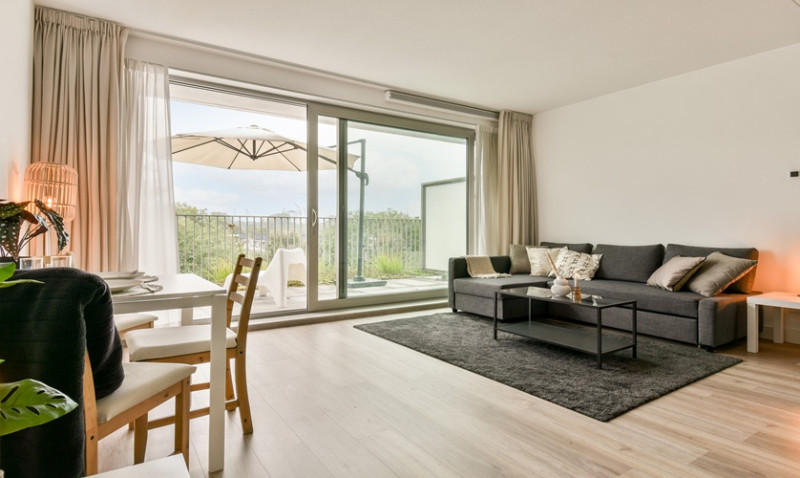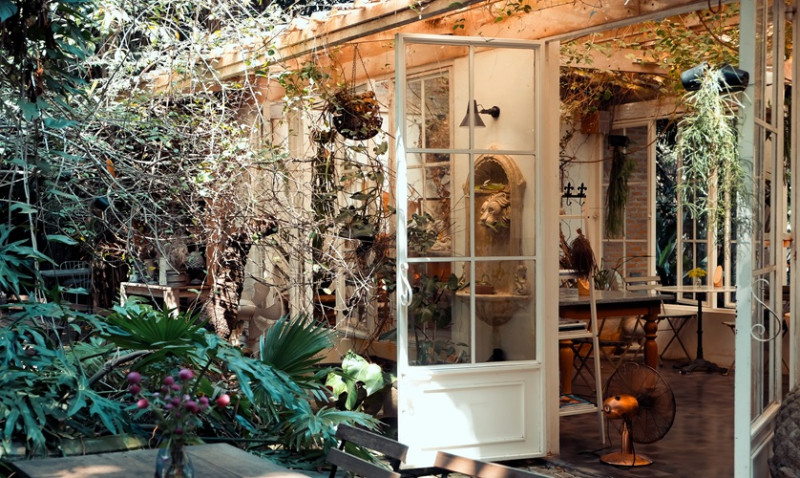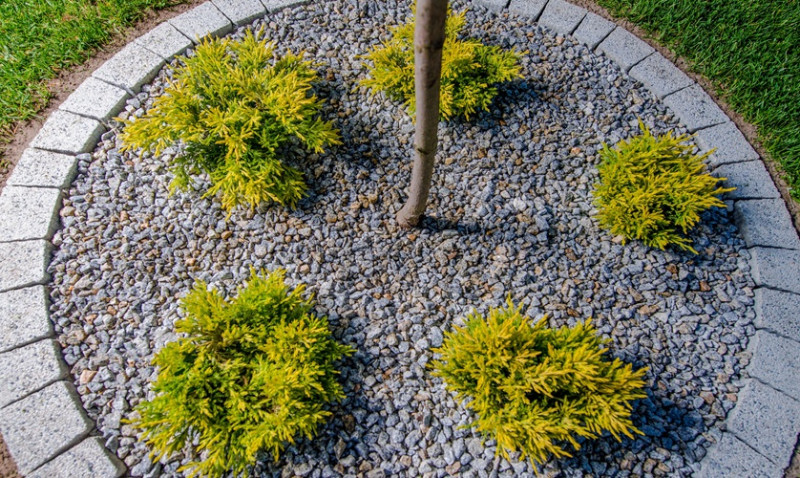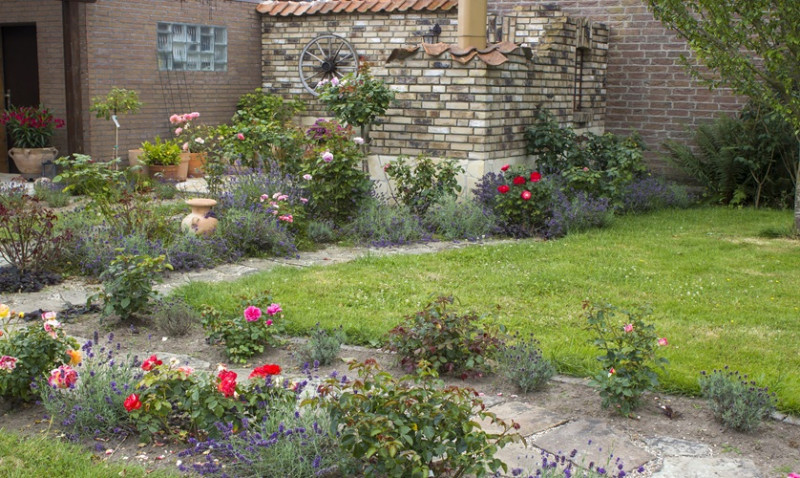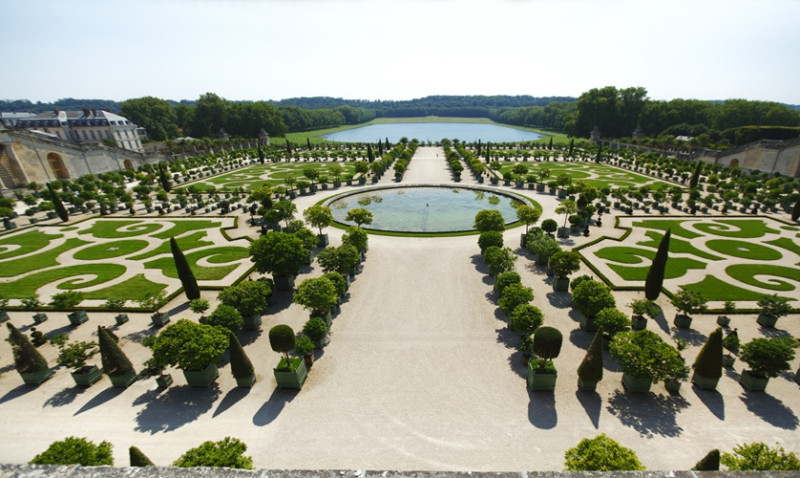
Creating a beautiful and functional garden path can totally transform your outdoor space. Whether you're after a traditional English garden feel or something contemporary and minimal, the right garden path not only enhances the look of your garden but also provides structure and guides foot traffic effectively. In this post, we’ll explore a variety of inspiring garden path ideas, drawn from the best gardens across the UK. These ideas are perfect for DIY enthusiasts, young professionals redecorating their homes, and even professional tradespeople & designers looking for layout inspiration.
1. Classic Gravel Paths
Gravel paths are one of the most timeless garden path styles. They’re affordable, straightforward to lay, and suit a range of garden types—from cottage gardens to more formal layouts. The soft crunch underfoot and organic texture helps gravel blend beautifully with the surrounding greenery.
One of the main benefits of a gravel path is its permeability. In the rainy UK climate, this makes gravel paths excellent for supporting drainage and reducing water pooling. You can edge your path with bricks, timber, or metal edging to keep the gravel neat and contained.
Choose from a variety of gravel colours—buff, grey, or white chippings are all popular choices, and each complements different planting schemes. For architects and designers, gravel offers design flexibility, allowing for gentle curves and creative layouts without heavy landscaping equipment.
Maintenance is relatively low and mostly involves occasional raking and topping up gravel every few years. Weed membrane beneath the gravel will further keep maintenance minimal and ensure your path remains weed-free.
2. Stepping Stone Paths with Lawn or Groundcover
Stepping stone paths set into a lawn or low groundcover planting like creeping thyme or moss create a magical, storybook vibe in any garden. This style is especially well-suited to informal or romantic gardens where you want the path to feel almost hidden and organic among the planting.
Choose natural stone such as slate, sandstone, or reclaimed York stone for an aged, character-rich appearance. Uniformly cut stone gives a more modern feel, while irregular slabs suit rustic and country gardens perfectly.
Stepping stones are not only an aesthetic feature but practical too. They reduce foot traffic wear on lawns and can be spaced for a comfortable stride to encourage slow, mindful movement through your garden.
For DIYers, this project is fairly simple—just ensure each slab is bedded securely and level with the surrounding surface. For professionals, elegant curves and mixed materials (like combining with gravel or brick) offer creative opportunity and design detailing for high-end results.
3. Brick-Lined or Herringbone Brick Paths
Brick paths bring a traditional, characterful feel to the garden. Popular in Edwardian and Victorian-style homes around the UK, bricks are perfect for those wanting a durable and low-maintenance solution that integrates well with traditional architecture.
You can lay bricks in various patterns—herringbone for a visually rich surface, basketweave for a cottage look, or stretcher bond for a sleek, modern aesthetic. Using reclaimed bricks can add texture and mature patina that looks convincing even in new builds or extensions.
Brick paths are ideal for connecting seating areas, leading through rose arches, or bordering lawns. They can also be used as edging to complement gravel, grass, or flower borders. Their versatility makes them a favourite among architects and professional landscapers.
When laid properly on a sub-base with sand or mortar, brick paths can last for decades. Use contrasting colours or bricks of different finishes to subtly lead the eye or define separate garden zones.
4. Wooden Boardwalk and Sleeper Paths
Wooden paths and boardwalks offer a highly textural, warm feel that’s ideal in contemporary and rustic gardens alike. They’re particularly effective in damp or urban gardens where drainage and elevation are key—such as leading across wildflower meadows, boggy areas, or sloped terrain.
Reclaimed sleepers or treated timber planks can be laid flush into gravel, between planting beds, or raised up slightly for a more dramatic boardwalk effect. The tactile nature of wood makes it especially inviting around ponds or through shaded woodland-style areas.
For young homeowners renovating outdoor spaces, sleeper paths offer a cost-effective yet stylish solution. Just make sure to treat timber for outdoor use and install proper sub-structure to prevent rot and slippage in wet seasons.
Designers and architects often integrate lighting into these walkways, using recessed LED strips or solar lights to create an ultra-modern garden feature. Safety-wise, be sure to choose anti-slip treatments or grooved boards to reduce the risk in wet conditions.
5. Paved Stone Paths for Elegance and Longevity
A flagstone paving path is the ideal way to bring lasting luxury and structure to a garden. Whether you opt for limestone, sandstone, or granite, a professionally-laid paving path will easily last over 20 years with little maintenance.
Paving is especially popular in formal or modern garden styles, offering crisp lines, wide walkways, and defined zones. In historical homes, you can enhance authenticity by sourcing reclaimed York stone or laying new paving in aged tones that match the house’s exterior.
Large-format paving slabs can make a small garden feel bigger by reducing visual clutter, while irregular shaped slabs with planted gaps help soften the look and make it more naturalistic.
For pros and DIYers alike, laying paving requires attention to the base layers and drainage to prevent sinking or algae buildup. It also pairs well with symmetrical planting schemes for that clean, well-kept garden aesthetic.
Useful Tips for Designing Your Garden Path
- Balance form and function: Always consider how and where the path will be used. Daily access paths need to be wider and more robust, while decorative or meandering paths can be narrower and more playful.
- Material compatibility: Choose materials that complement your home’s design and your garden’s style. Brick and stone suit traditional homes, whereas sleek concrete or timber suit modern landscapes.
- Lighting: Consider soft lighting for evening use and safety. Solar path lights or uplighting along the edge of the path work beautifully and add atmosphere.
- Planting integration: Blend your path into the garden with flowing edges or edging plants. Lavender, ornamental grasses, or creeping thyme soften hard lines and add movement and scent.
- Maintenance planning: Every material has different care needs. Gravel and stepping stones may need occasional raking or realignment, while stone paths might require pressure washing or joint repointing after a few years.
Comparison Table: Garden Path Materials
| Material | Style | Maintenance | Cost (Relative) | Ideal For |
|---|---|---|---|---|
| Gravel | Rustic, Natural | Low | £ | Cottage & Drainage Areas |
| Brick | Classic, Vintage | Medium | ££ | Period Homes, Borders |
| Paving Stone | Formal, Elegant | Low-Medium | £££ | Luxury Gardens, Structures |
| Wood/Sleepers | Modern, Warm | Medium-High | ££ | Urban Gardens, Wet Areas |
| Stepping Stones | Organic, Informal | Low | ££ | Wild or Romantic Gardens |
Final Thoughts
No matter your budget or garden size, a well-thought-out path can elevate the entire outdoor space. From gravel crunch to smooth stone elegance, there's an option to suit every British garden and design preference. If you're a DIY enthusiast looking for a weekend project, a homeowner tackling a garden makeover, or a designer brainstorming client ideas, these paths can serve as inspiration to create something truly stunning and practical in your garden.
As always, invest a bit of time upfront in planning—think about garden traffic flow, style continuity with your home's architecture, and how seasonal changes might affect your chosen materials. Once laid, the right path will welcome you outdoors, year-round.
